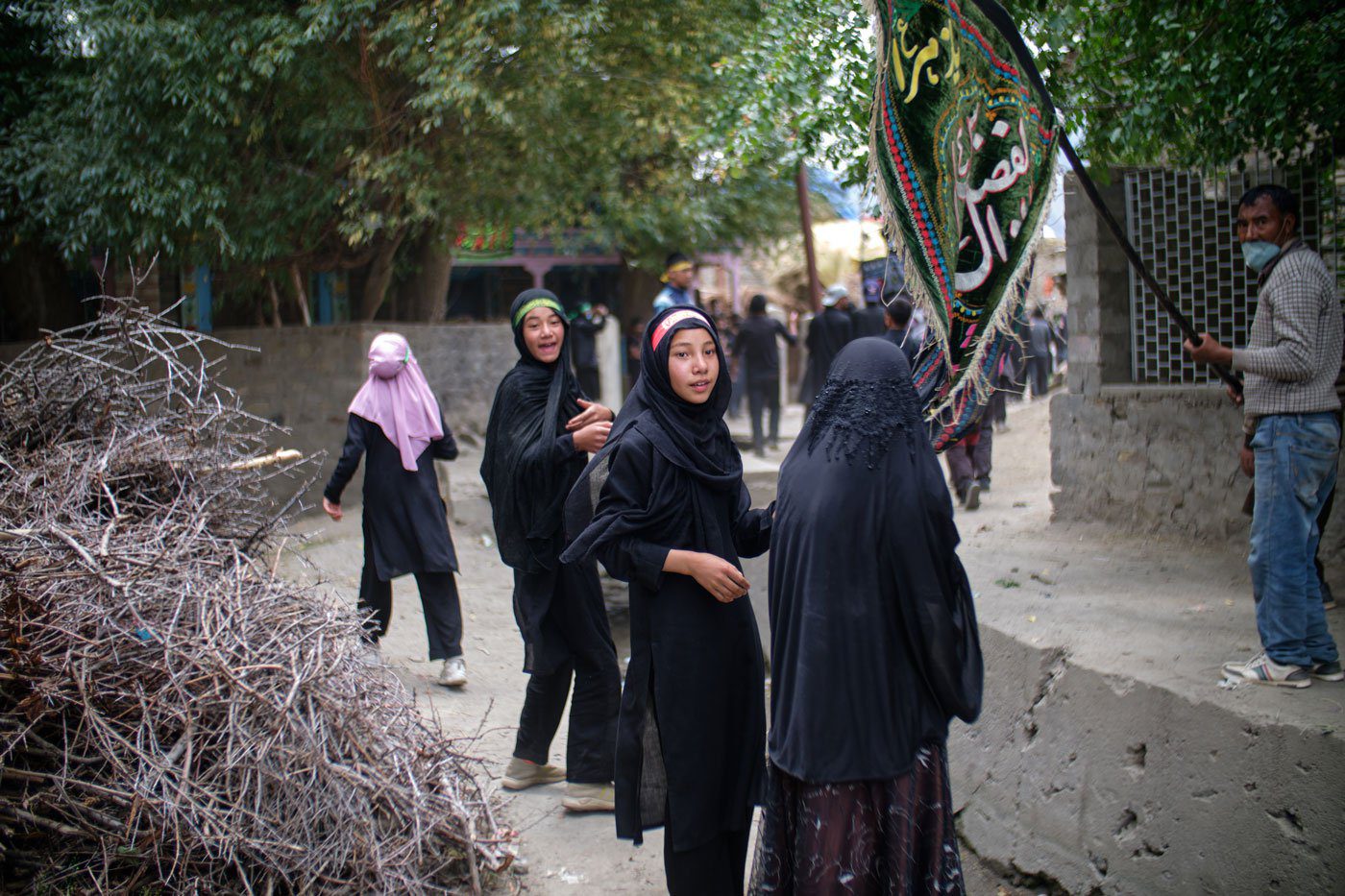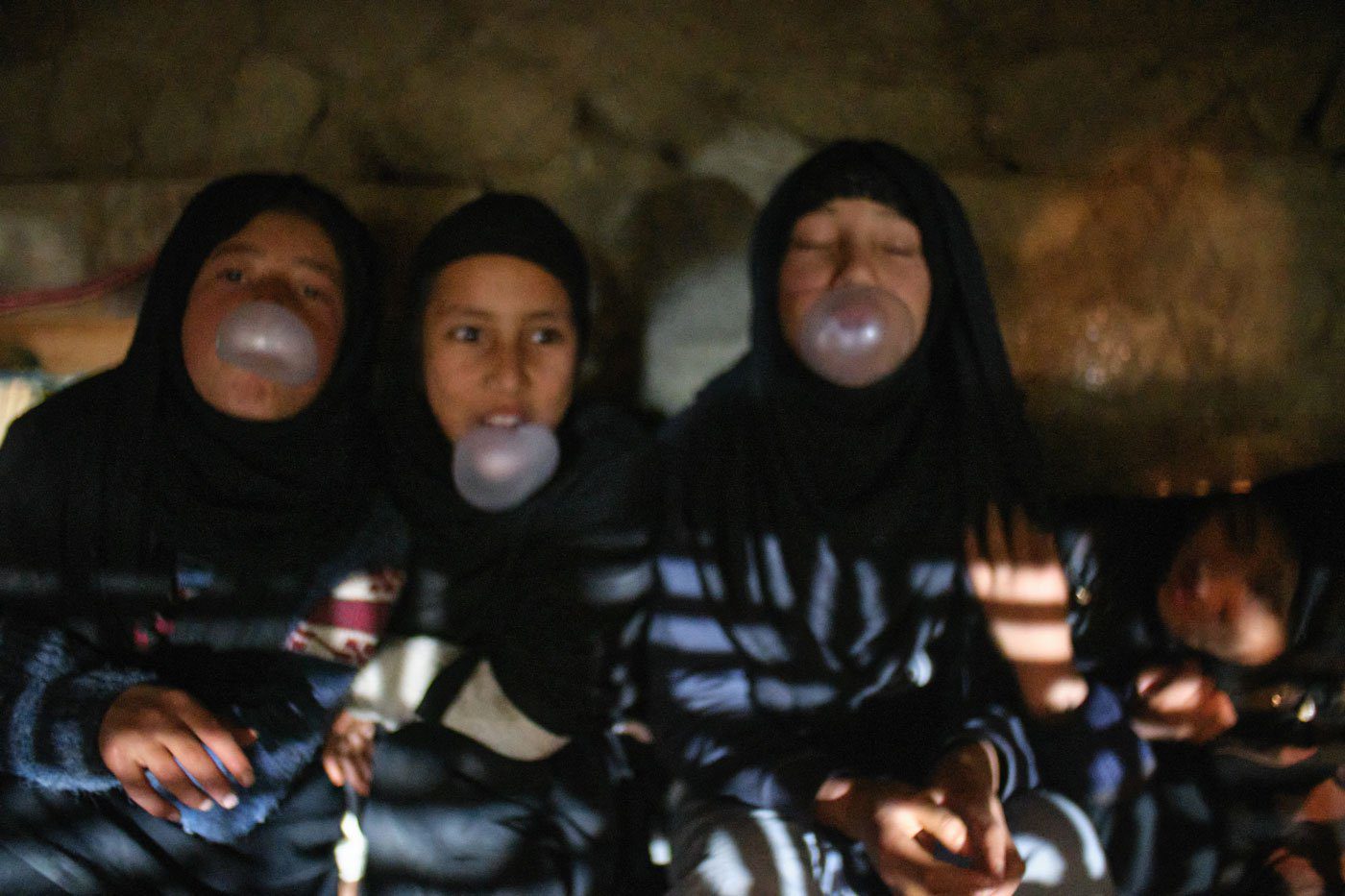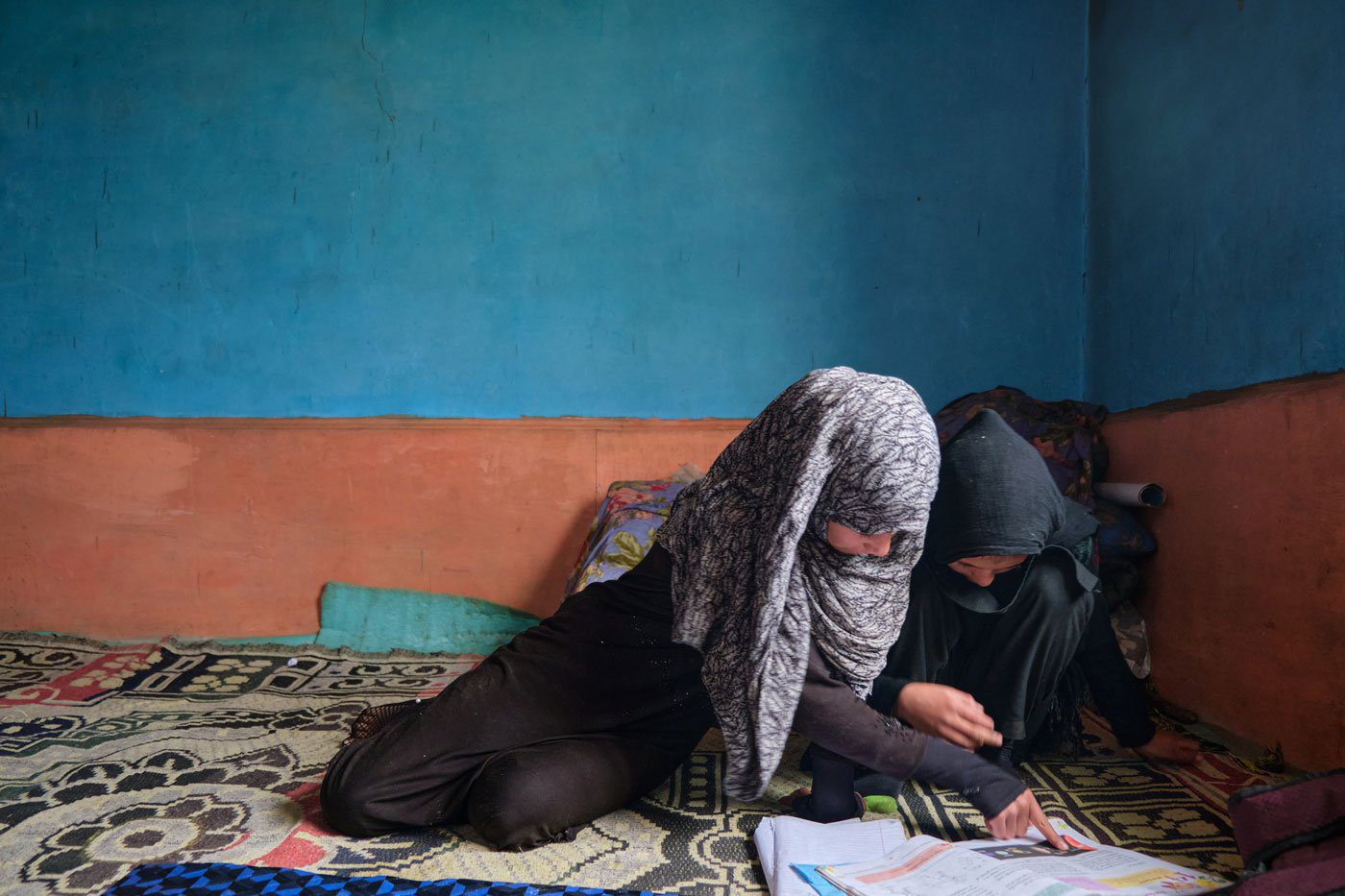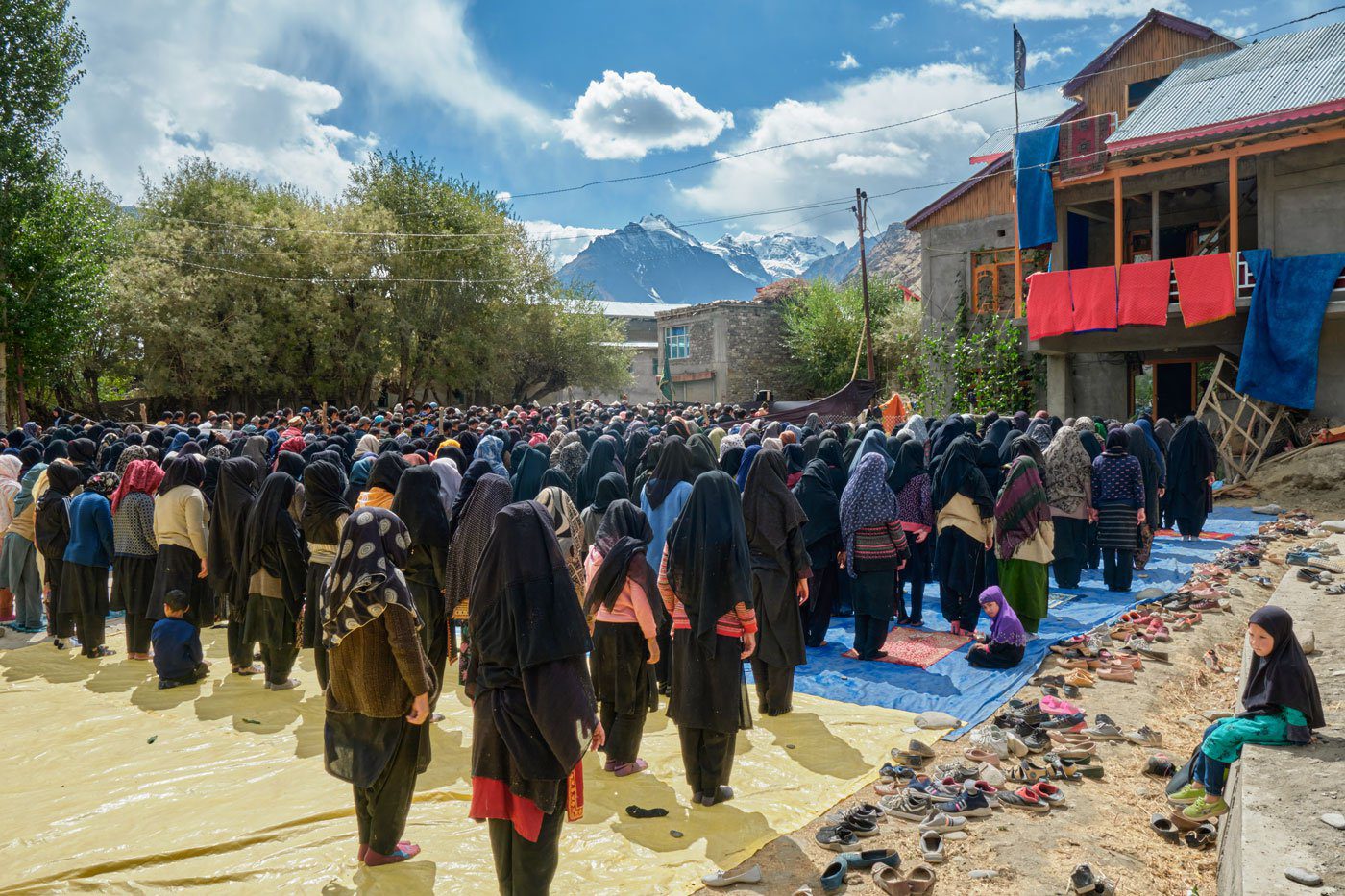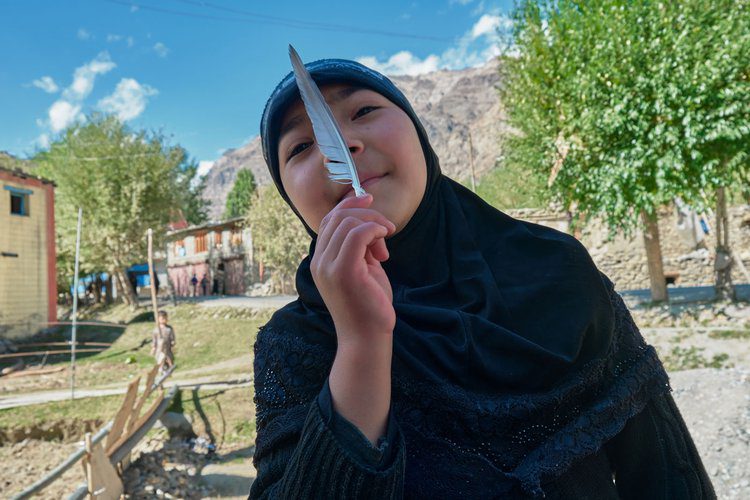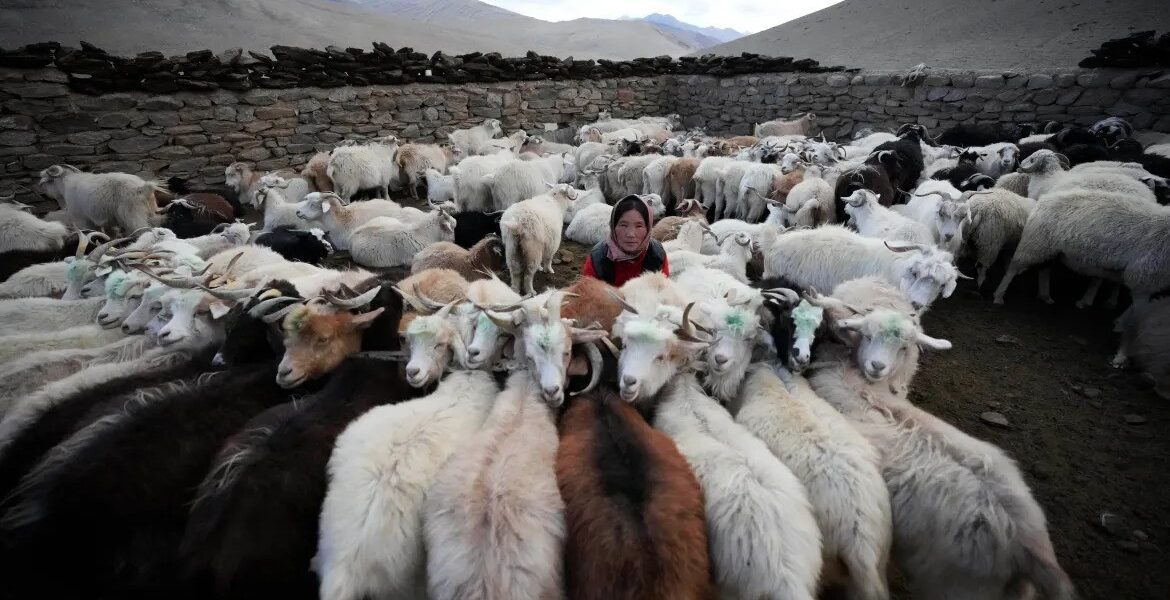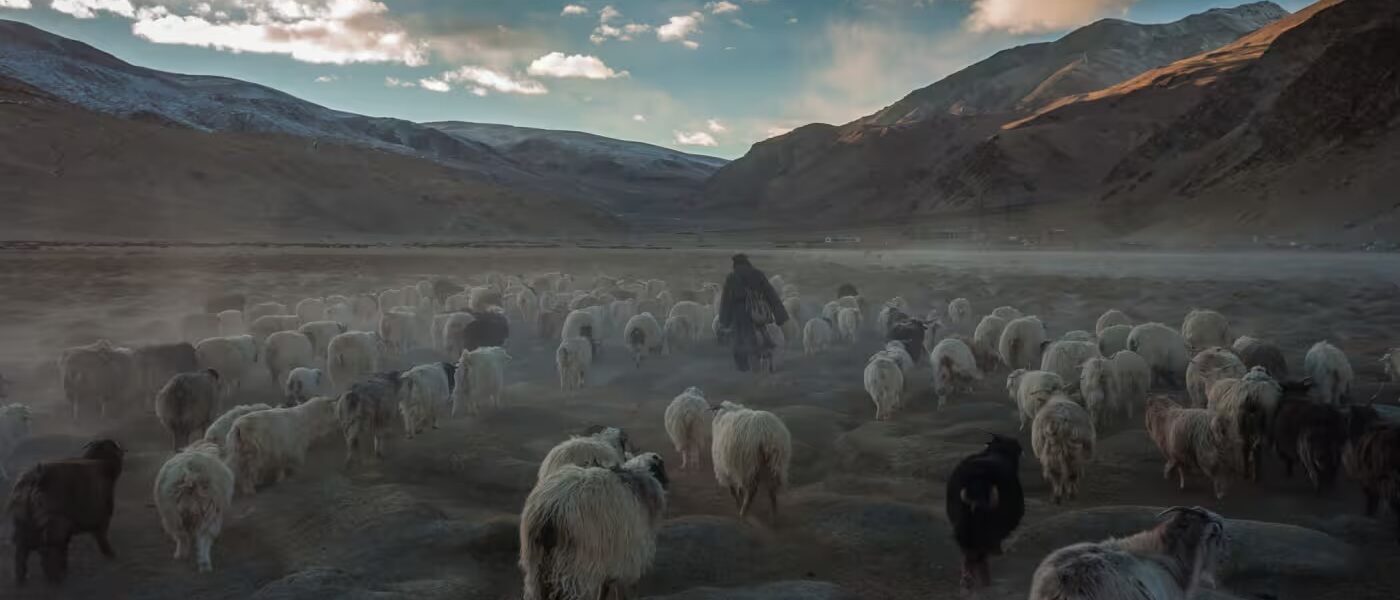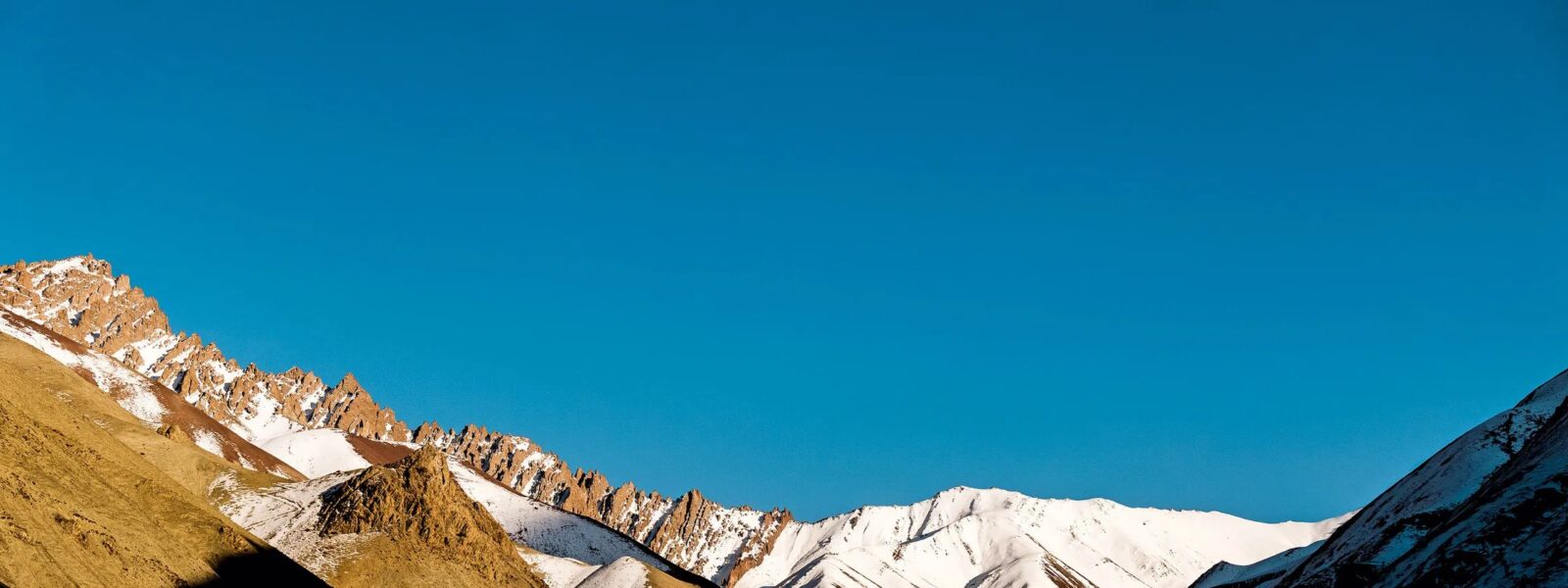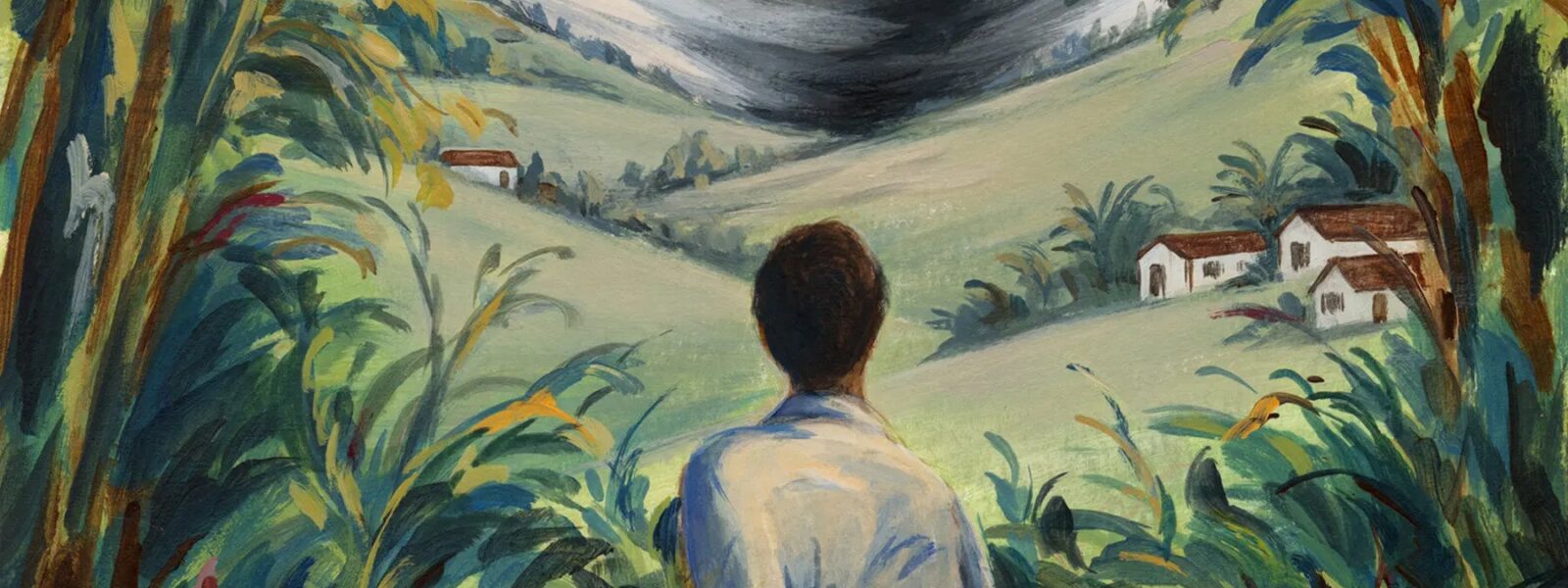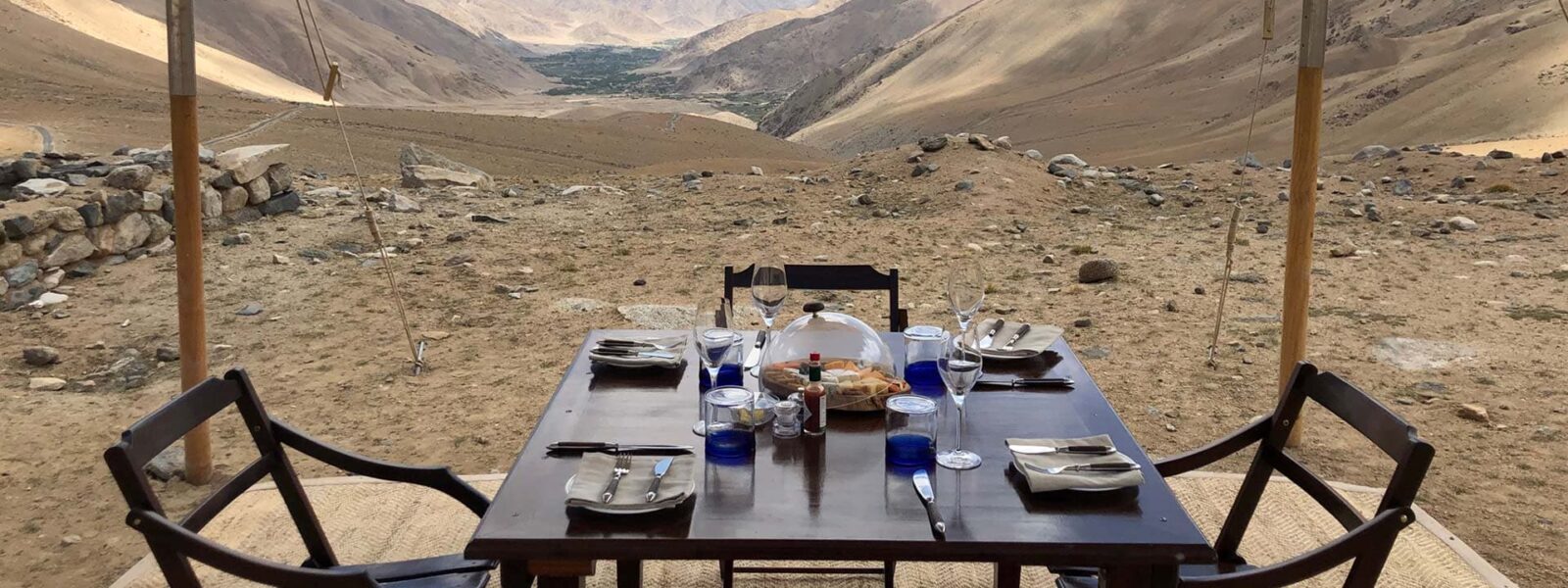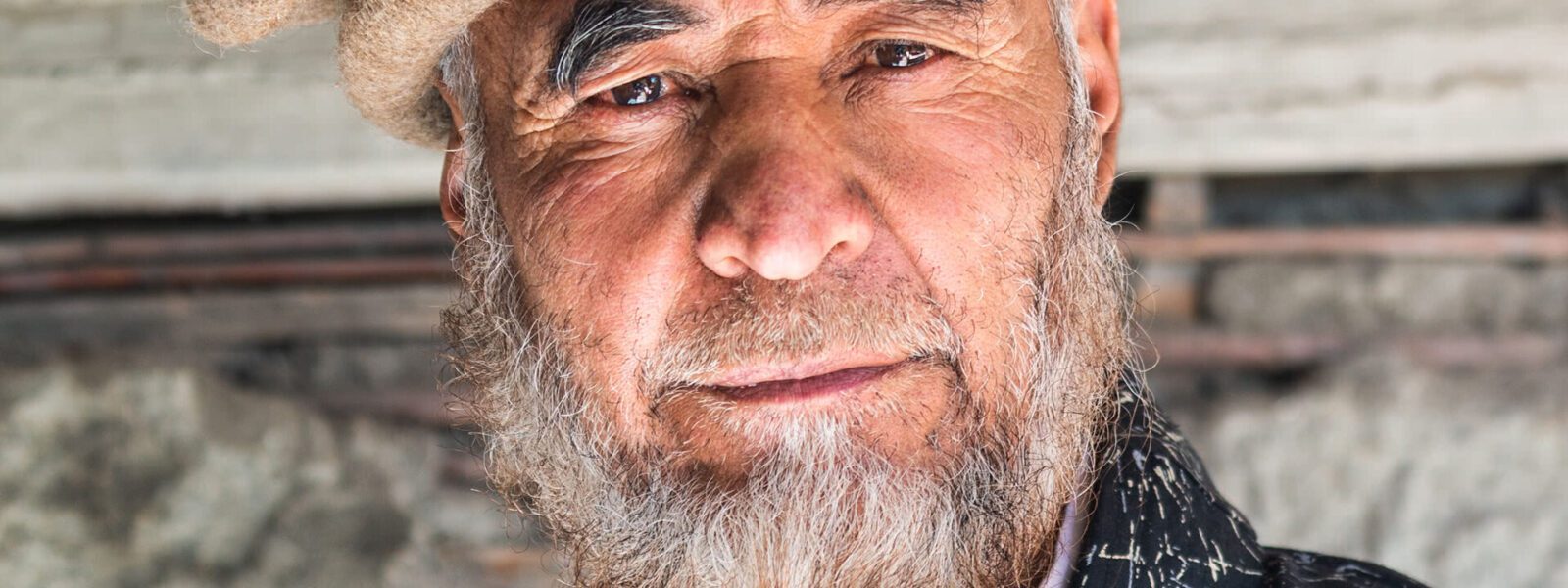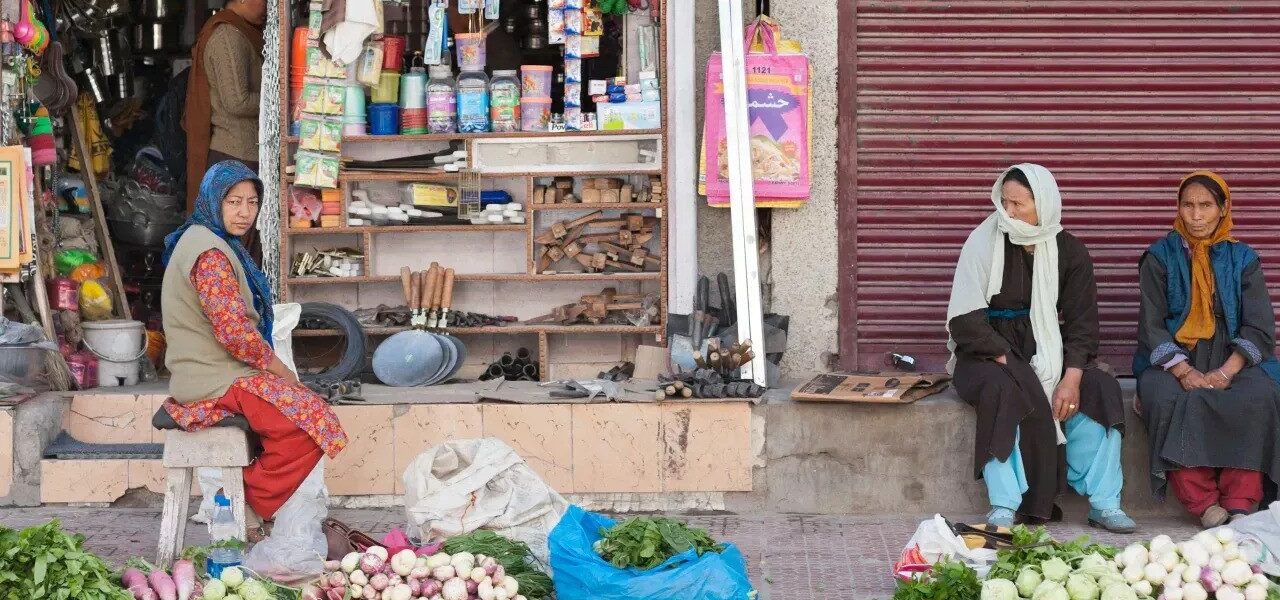Introduction
Ladakh, a region known for its serene landscapes and diverse cultures, becomes a significant center for religious observance during Muharram. The Muharram procession in Ladakh is a deeply spiritual event that reflects the devotion of the Muslim community and their remembrance of Imam Hussain’s martyrdom. This blog delves into the details of these processions, the history, rituals, and communal aspects that define this tradition in Ladakh.

Historical Context of Muharram
The Muharram observances commemorate the Battle of Karbala in 680 AD, where Imam Hussain, the grandson of Prophet Muhammad, was martyred. His sacrifice symbolizes resistance against tyranny and the pursuit of justice. The rituals in Ladakh are deeply influenced by this history, with a focus on lamentation and remembrance.
Theological Importance of Karbala
In Shia theology, the events of Karbala are seen as a divine trial and part of a greater spiritual plan. Practices like matam (gestures of mourning) and processions emphasize devotion to Imam Hussain and his family, who are revered for their ultimate sacrifice.
In Ladakh, the commemoration goes beyond mourning to serve as an expression of community identity and resilience. The region’s isolation has allowed unique adaptations of Shia rituals, making Ladakh’s Muharram observances distinct from those in other parts of India. The sacred remembrance also fosters a sense of unity among participants, connecting them to a global Shia Muslim identity.
Significance of Muharram in Ladakh
Ladakh’s unique demographic composition—comprising Buddhists, Shia Muslims, and Sunni Muslims—makes Muharram a focal point for interfaith dynamics. The processions act as a bridge for communal engagement, fostering mutual respect despite historical tensions.
Historically, Ladakh has been influenced by its position along ancient trade routes. This exposure brought diverse cultural and religious practices, shaping its rich heritage. Muharram serves as a reminder of these interconnected histories. Even in times of tension, such as the 1989–1992 Social Boycott, Muharram offered opportunities for dialogue and reflection, reinforcing its significance as a symbol of resilience and faith.

What Muharram Processions Look Like
The Muharram processions in Ladakh, known locally as juloos or dasta, are somber and disciplined events marked by chants, elegies, and symbolic acts of mourning. Here is what typically defines these processions:
Visual Elements
- Participants clad in black garments as a symbol of mourning.
- Processions starting and ending at a Husayniya or Shia mosque.
- Inclusion of the sacred horse Zuljenah, representing Imam Hussain’s horse.
- Banner-carrying groups, each representing a specific organization or village.
Rituals and Practices
- Matam: Rhythmic chest-beating and chants, expressing grief and solidarity with the Karbala Martyrs.
- Dirges: Recitation of elegies narrating the events of Karbala.
- Self-flagellation: Practices such as zanjir-zani, performed by some participants as acts of devotion.
- Communal Vows: Women and children often participate by offering vows (mannat) to Zuljenah for blessings and protection.
The vibrant energy of the procession, accompanied by the sound of chants and drums, creates a deeply emotional and spiritual atmosphere that resonates with participants and onlookers alike.
Key Organizers of Muharram Processions in Ladakh
The Muharram processions are organized by several community-driven organizations. These include:
| Organization |
Role |
| Anjuman e Jamiat ul Ulema Isna Ashariya Kargil |
Leads processions in the Kargil district and coordinates community engagement. |
| Imamia Youth Federation Leh |
Handles organization and logistics in Leh, ensuring a seamless procession experience. |
| Anjuman Imamia Youth Wing |
Hosts blood donation camps, educational initiatives, and other community services alongside processions. |
| Anjuman Imamia Women Wing |
Organizes processions in regions like Chuchot and ensures inclusive participation. |
These organizations reflect the collaborative spirit of the Muslim community in Ladakh, ensuring that Muharram remains a central pillar of faith and unity.
Role of the Zuljenah in Processions
The sacred horse Zuljenah plays a pivotal role in Muharram processions. Representing Imam Hussain’s horse, Zuljenah is adorned with intricate decorations, including a turban, shield, and the Quran. It serves as the spiritual focal point for mourners.
Ritual Significance
- The horse is ritually cleansed (ghusl) before the procession, symbolizing its sacred status.
- Women and children often touch the horse for blessings and offer donations, underscoring its role as a vessel of intercession.
- The figure of Zuljenah is central to the procession, embodying the sacrifice and suffering of Karbala.
In Ladakh, Zuljenah is not just a ceremonial figure but also a cultural touchstone that bridges generations, linking contemporary practices with centuries-old traditions.

Interfaith Dynamics: Buddhist and Muslim Relations
The Muharram procession in Ladakh stands as a testament to the region’s unique interfaith harmony. Despite periods of tension, such as the 1989–1992 Social Boycott, events like these provide opportunities for reconciliation and mutual understanding.
Buddhist Participation
- Buddhists often observe the processions with solemn respect, recognizing their cultural and spiritual significance.
- Many Buddhist families contribute indirectly, allowing Zuljenah to graze in their fields as a sign of goodwill.
Shared Challenges
Community leaders from both faiths emphasize the importance of dialogue in addressing shared challenges, such as economic development and environmental preservation. These collaborations highlight the potential for religious observances to serve as platforms for broader communal engagement.
For residents of Ladakh, Muharram is more than just a ritual; it’s a time for reflection, unity, and storytelling. Local narratives about past processions reveal the evolving dynamics of faith and community. Stories of reconciliation, like the participation of Buddhist leaders in Ashura observances, highlight the transformative power of shared traditions.
One notable example is the story of a young Sunni man who joined hands with Shia organizers during the Social Boycott to ensure the procession could proceed smoothly. His actions were praised by both communities, reflecting the profound impact of Muharram in bridging divides.
Customer Testimonial
“Witnessing the Muharram procession in Leh was a deeply moving experience. The profound sense of devotion and interfaith respect left an indelible mark on me. It’s incredible how this event brings together diverse communities in a display of shared humanity.” – Sarah Thompson, Teacher, USA

FAQs
Q1: What is the main purpose of the Muharram procession?
The primary purpose is to commemorate the martyrdom of Imam Hussain and to reflect on themes of justice, sacrifice, and resistance against oppression.
Q2: Can non-Muslims participate in Muharram processions?
While non-Muslims typically observe from a distance, they are welcome to witness the processions and learn about the rituals.
Q3: What is the significance of Zuljenah?
Zuljenah symbolizes Imam Hussain’s horse and serves as a sacred focal point for prayers and blessings during the processions.
Q4: Are self-flagellation practices mandatory?
No, self-flagellation is a personal choice and not mandatory. It varies by cultural and individual interpretation of devotion.
Q5: How does Muharram promote communal harmony?
The participation of diverse communities in processions fosters mutual respect and understanding, bridging gaps between faiths.
Muharram Procession in Ladakh
Muharram Procession in Ladakh | The journey through Ladakh mirrors the very essence of unraveling unknown horizons, as its dramatic landscapes and unique cultural identity awaken the deepest sense of wonder and exploration. Muharram Procession in Ladakh delves into this realm where inner peace intertwines with the wild, untouched beauty of Ladakh. From the snow-capped peaks to the serene monasteries, every step in Ladakh is a step toward self-discovery. The mountains, ancient paths, and unspoken mysteries stretch before travelers, offering a meditative experience where each encounter feels both effortless and transformative. Whether it’s trekking across remote valleys or sitting quietly beside a sacred lake, Ladakh invites those who seek a deeper connection to the natural and spiritual world.

Muharram Procession in Ladakh
The monasteries of Ladakh stand as living monuments to the region’s profound spiritual heritage. With origins dating back over a thousand years, these ancient structures are both places of worship and repositories of art, culture, and wisdom. Hemis Monastery, one of the largest in Ladakh, is renowned for its annual festival, featuring colorful mask dances performed by monks. The history of these monasteries reflects Ladakh’s role as a crossroads between India, Tibet, and Central Asia, where religious and cultural influences have intertwined over the centuries.
The Tibetan Buddhist influence is especially evident in the architecture and daily life of the monks. Prayer wheels, intricate murals, and the soft hum of chants fill the air as visitors explore the monastery grounds. Each monastery, from the remote Lamayuru to the awe-inspiring Thiksey, offers a window into the spiritual heart of Ladakh. These centers of meditation, learning, and community life continue to thrive, preserving traditions that have shaped Ladakh for generations.
Why Visit Ladakh for Muharram Procession in Ladakh?
Ladakh is a destination that transcends mere travel. It offers a journey that touches both the outer and inner landscapes, making it a perfect setting for those who seek to unravel their own unknown horizons. The region’s breathtaking scenery—from towering mountain ranges to hidden valleys—provides not just an escape but a space for contemplation and growth. Ladakh’s culture, deeply rooted in Buddhist practices, invites visitors to reflect on their own lives and the world around them.
Ladakh’s people, known for their warmth and hospitality, add to the richness of the experience. Villages like Sumda Chun and the legendary Nubra Valley introduce travelers to a way of life that is intricately connected to nature and spirituality. Staying in local homestays allows for immersive experiences where one can learn about traditional Ladakhi customs, share meals made from local produce, and participate in community rituals.

Beyond its natural beauty, Ladakh offers a unique opportunity to explore oneself. The vastness of the region’s plateaus and the clarity of its skies seem to mirror the vastness of the human spirit. Whether it’s standing atop a mountain pass at 18,000 feet or meditating in a centuries-old monastery, Ladakh helps unravel the unknown horizons within each traveler.
Finding the Best Muharram Procession in Ladakh in Ladakh
Finding the best places in Ladakh to experience “Muharram Procession in Ladakh” involves venturing off the beaten path. Ladakh’s lesser-known treks, such as those leading to secluded monasteries or high-altitude lakes, offer unparalleled opportunities for solitude and reflection. The Markha Valley trek, for instance, takes travelers through verdant valleys, ancient villages, and high-altitude passes, allowing for both physical and spiritual exploration.
Ladakh’s iconic lakes, including Pangong Tso and Tso Moriri, are ideal spots for quiet contemplation. Their still waters reflect the sky, creating a mesmerizing landscape that feels timeless and infinite. Sitting beside these lakes, especially at dawn or dusk, brings an overwhelming sense of peace and connection with nature.

For those interested in Ladakh’s spiritual heritage, exploring monasteries such as Alchi, Phyang, or Diskit can be a transformative experience. These sites are not just places of worship but also centers of art, philosophy, and wisdom. Visiting these monasteries, with their ancient murals and intricate statues, offers insight into Ladakh’s rich cultural tapestry.
Ladakh’s Atmosphere and Muharram Procession in Ladakh
Ladakh’s atmosphere is unlike any other place on Earth. The stark contrasts between the rugged mountains and the serene, tranquil monasteries create an environment that feels both raw and sacred. The traditional decor in Ladakhi homes and religious sites reflects this balance, with mud-brick houses adorned with prayer flags and colorful thangkas (Buddhist paintings) that add warmth and spiritual meaning to the space.

The interiors of Ladakhi homes, often simple and functional, are filled with symbols of devotion. Small shrines dedicated to Buddhist deities are common, and the air is often fragrant with incense. The use of earthy materials, like stone and wood, along with brightly colored textiles, creates an inviting and peaceful space, perfect for relaxation and reflection.
Traditional Muharram Procession in Ladakh
Traditional Muharram Procession in Ladakh is an integral part of the region’s identity, offering a unique blend of flavors that reflect its harsh climate and remote location. Hearty, warming dishes such as thukpa (noodle soup) and momos (dumplings) provide the sustenance needed to endure Ladakh’s cold temperatures. Skyu, a thick stew made with root vegetables and barley, is another staple of the Ladakhi diet, designed to nourish both body and spirit.

Drinks like butter tea, made with yak butter and salt, are a must-try for anyone visiting Ladakh. This rich, savory drink is not only warming but also hydrating, making it essential for those venturing into the high-altitude regions of Ladakh. Chang, a local barley beer, is often enjoyed during festivals and community gatherings, adding a sense of joy and camaraderie to any occasion.
Live Cultural Muharram Procession in Ladakh in Ladakh
Ladakh is home to a vibrant cultural scene, with festivals and live performances held throughout the year. The Hemis Festival, which celebrates the birth of Guru Padmasambhava, is one of the largest and most famous events in the region. Monks dressed in elaborate costumes perform cham dances, which depict the triumph of good over evil. The energy of the festival, with its bright colors, rhythmic music, and elaborate rituals, draws visitors from around the world.
Other local festivals, such as the Losar (New Year) and Ladakh Festival, provide visitors with the chance to witness traditional dance, music, and crafts that have been passed down through generations. These events are more than just entertainment; they are a celebration of Ladakh’s rich cultural heritage and its deep connection to the spiritual world.
Trekking and Outdoor Activities Muharram Procession in Ladakh
Ladakh is a trekker’s paradise, offering some of the most stunning and challenging routes in the world. From the famous Muharram Procession in Ladakh, which follows the frozen Zanskar River, to lesser-known routes like the Sham Valley or Nubra Valley treks, Ladakh’s landscape offers endless possibilities for adventure and discovery. The high-altitude passes, such as Khardung La and Chang La, offer breathtaking views of snow-capped peaks and sprawling valleys.

Wildlife enthusiasts will also find Muharram Procession in Ladakh to be a haven for rare species such as the Ladakh Urial, Himalayan Spituk Gustor Festival, and the Spituk Gustor Festival. Winter expeditions to spot the elusive Muharram Procession in Ladakhin the Hemis National Park are gaining popularity among wildlife photographers and conservationists alike.
The Importance of Preserving Ladakh’s Muharram Procession in Ladakh
Ladakh’s rich cultural and environmental Muharram Procession in Ladakh is under increasing threat from climate change and mass tourism. Preserving this unique region requires careful attention to sustainable tourism practices. Choosing eco-friendly accommodations, supporting local businesses, and participating in community-led conservation efforts are just a few ways that visitors can contribute to the preservation of Ladakh’s natural and cultural heritage.
Ladakh’s people have a long history of living in harmony with their environment, practicing sustainable agriculture, and maintaining a deep spiritual connection to the land. Visitors are encouraged to follow the same principles, leaving no trace and respecting the fragile ecosystems that make Ladakh so special.
Etiquette and Tips for Visiting Muharram Procession in Ladakh
Before visiting Ladakh, it’s essential to understand and respect the region’s customs and traditions. As a deeply spiritual place, Ladakh requires visitors to dress modestly, especially when visiting monasteries or attending religious ceremonies. Always ask for permission before taking photographs inside monasteries or of local people.
Medical Muharram Procession in Ladakh
Spa trail Muharram Procession in Ladakh
Muharram Procession in Ladakh

When Muharram Procession in Ladakh, remember to stay on designated paths to avoid damaging fragile ecosystems. Tipping is appreciated but not expected in most settings, and it’s important to carry cash, as many remote areas do not accept credit cards. Lastly, be mindful of altitude sickness and take the necessary precautions when traveling to higher elevations.
Conclusion: Enjoying Muharram Procession in Ladakh in Ladakh
Ladakh is a place where the physical and spiritual worlds converge, offering travelers a journey unlike any other. Whether you’re trekking across high-altitude deserts, exploring ancient monasteries, or simply sitting in quiet reflection by a mountain lake, Ladakh invites you to unravel your own unknown horizons. By respecting the region’s traditions and practicing sustainable tourism, you help ensure that Ladakh’s beauty and cultural richness will be preserved for future generations to explore and enjoy.
